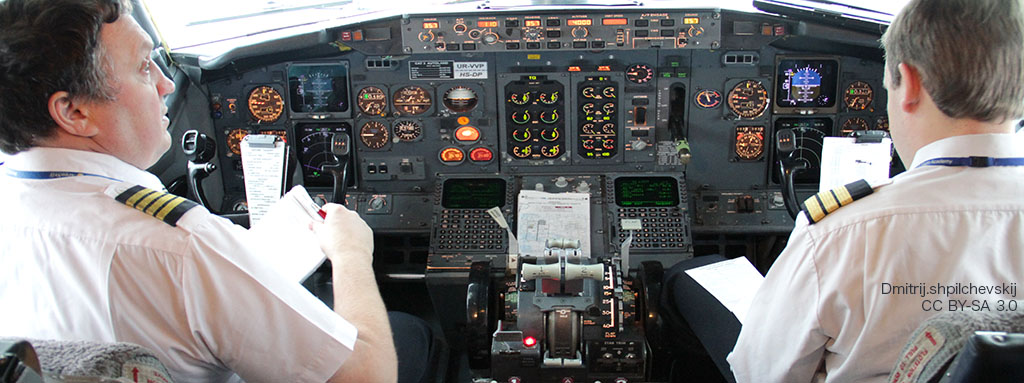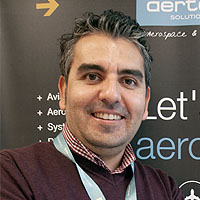As passengers, on more than one occasion, we have heard this phrase from the cockpit, and in one way or another it tells us that take-off is imminent. However, technically, what is involved in authorising a plane for take-off?
The instructions between controllers and pilots are clear, and these must at all times be collated by the pilots.
Within the world of aviation, and especially the language used between pilots and air traffic controllers, an “authorisation for take-off” represents one of the most important authorisations, and the one with the greatest workload behind it on the part of ATC controllers and pilots.
The entry of an authorised aircraft to the end of the runway is never a surprise for the airport’s air traffic control (ATC TWR), since from the moment the chocks come out, to start-up and taxiing, the tower controllers have been monitoring and controlling every detail, to ensure that said aircraft enters the appropriate runway at the right time.
Furthermore, during this phase of the operation, the technical crew (pilots) has one of its heaviest workflows, since moving an aircraft on the ground is no easy matter, because it is not designed for the task.
Prior to the authorisation of entry into the runway, most of the procedures of an operator (airline), which is who the pilot flies for, indicate the need to complete a final checklist – the “Before Take-Off Checklist”, which confirms that the aircraft is configured for take-off and the crew is ready. At this point, normally the following is checked:
- The configuration of engines, fuel flow, status of the transponder, lighting configuration, the A/C system, radar, etc. And, most importantly, clearance from both pilots to start the flight.
While this is happening, at the tactical and planning level the aerodrome’s controllers have calculated the sequence of take-offs, or aircraft departing, coordinating them with the arrivals, as the case may be. The responsibility of a controller is to establish the minimum separation between aircraft, and when they are near the ground, these separations are further reduced.
To carry out this task, tactical spacing tools or “ATC Tools” are used, based on the estimation of distances and the position vectors of the aircraft. To manage the aircraft departing, tools such as DMAN “Departure Manager” are used. This is a planning system designed to improve the departure flows at airports by calculating the target take-off time (TTOT) and the target start approval time (TSAT) for each flight, taking into account multiple restrictions and preferences.
From the point of view of the passenger, this workload is perceptible, and much of this is thanks to the work of aviation personnel, since they follow the rule that is the goal of any air operation: “security, comfort and efficiency”.
Once the okay has been given to enter the runway, and with a “Before Take-Off Checklist” completed, the pilot who is in charge of communications, called “pilot not flying” or “PNF”, requests the following (example) from the tower controller assigned to runway departures:
- AERTEC001: Malaga Tower, good morning, AERTEC001 on hold point 13, ready to depart.
- ATC controller: AERTEC001, good morning, received, stay off the runway, traffic on final.
- AERTEC 001: Received, we will stay off, AERTEC001.
As in any phase of the flight, different situations may arise. In this case, the pilot is informed that the plane cannot enter the runway, because there is other traffic on final approach. But once the traffic has landed:
- ATC controller: AERTEC001, wind 180 at 5 knots, runway 13, authorised for take-off.
- AERTEC001: Authorised for take-off, AERTEC001.
- ATC controller: Contact Malaga Departures on 121.1, have a good flight.
The instructions between controllers and pilots are clear, and these must at all times be collated by the pilots.
The process ends when the controller observes or has assurances that the aircraft has already left the ground and is on a safe ascent, with the monitoring of the aircraft passed on to the next ATC control centre.
Have a good flight!



